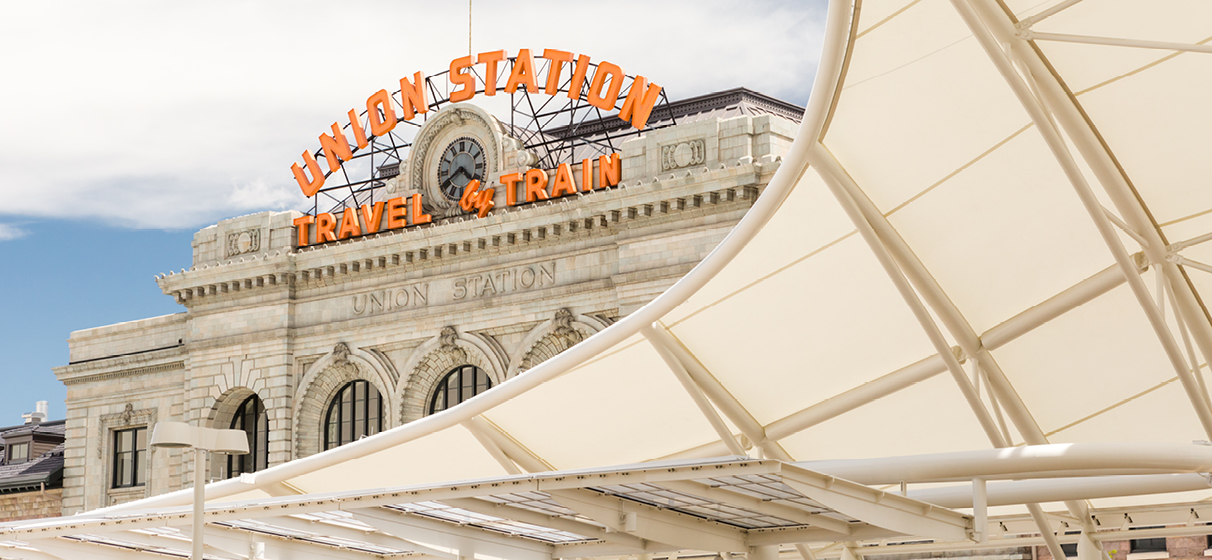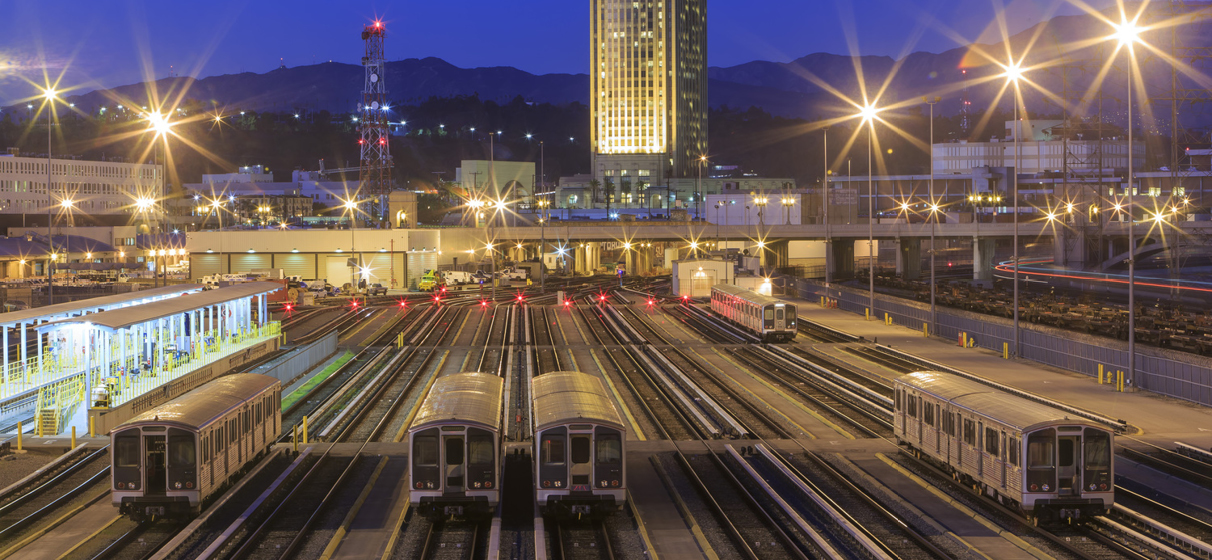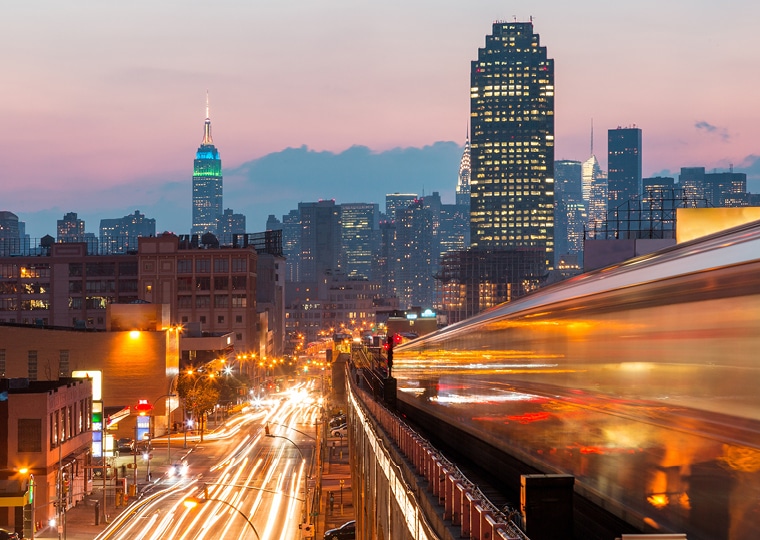Akin to the western expansion of the United States in the 19th century, the current state of infrastructure in the Mountain Region is one marked by ingenuity and the great promise of innovation.
The recently concluded 3rd Infraday Mountain States in Denver, CO, brought together the region’s leading infrastructure experts to discuss a range of pressing topics including the hydrogen economy, cybersecurity, inclusivity, water infrastructure and more. STV’s attendees moderated panels covering digital innovation and transformation in public infrastructure and technological advancements in urban mobility that are currently driving investment and development.
But the larger theme that tied these sessions together was one centered around casting aside past norms for crucial transportation and infrastructure projects in the region and instead leveraging new technology and ideas and thinking outside of the box for these solutions.
This year’s host, Colorado, has embodied a pioneering sense of progress that was recently captured in the New York Times piece, “Colorado’s Bold New Approach to Highways – Not Building Them.” The article details Colorado’s drive to reduce greenhouse gas emissions by 90 percent within 30 years and how the best path to achieve that is to reduce the number of drivers of the state’s highway and roadway network by investing in more transit like light rail and bus rapid transit (BRT) as well as smarter mobility options. This aggressive approach to greenhouse gas reduction is second only to California in the United States.
As infrastructure and mobility evolves and agencies and municipalities in the Mountain Region look to leverage more digital information and technology into planning, design and construction, our team highlighted several key points to remember:
- As more and more information is layered digitally within our infrastructure, we need to constantly be thinking about how this data and information impacts the end user, whether that be a trucker moving freight, a bus operator using a dedicated BRT lane or a commuter utilizing a first-/last-mile connection to work or school.
- We need to be mindful of how quickly mobility technology can progress. We are currently in the midst of the “third revolution of mobility” which marks the convergence of automated, connected, electric and shared technologies pushing the pace of infrastructure development. As decisions are made in the here and now, we need to be mindful of what our cities and municipalities may look like in 15 years.
- With that previous point in mind, we shouldn’t design our infrastructure and our cities around technology. Let’s figure out what we want our cities and communities to be and make the technology work for us.
In addition to discussing the region’s surface transportation needs and innovation, Infraday Mountain States was also an opportunity to engage about the expansion plans at Denver International Airport (DEN). Despite having only opened less than 30 years ago, DEN has grown rapidly as the Mountain Region’s primary aviation hub and is currently the third-busiest airport in the United States based on passenger traffic according to the Federal Aviation Administration. To meet this growth, DEN has initiated its Vision 100 and Operation 2045 strategic plans to serve 100 million passengers by 2032 and create a roadmap to maintain and expand its infrastructure to serve 120+ million passengers by 2045. Central to this plan are projects like the Great Hall construction within Jeppesen Terminal, the updating and expansion of the airport’s Automated Guideway Transit System, the Concourse C West expansion and the potential addition of a consolidated rental car facility and Common Transportation System (CTS).
STV’s aviation team has run the gamut on similar infrastructure improvements around the United States, including the design of the New Terminal A at Newark Liberty International Airport, the program and construction management of Terminals B and C at LaGuardia Airport and the planning of landside improvements at Los Angeles International Airport. Our team is also currently supporting a variety of improvements in a civil landside planning and program and construction management capacity (including the Roadmap for Innovation) at Dallas Fort Worth International Airport – a hub that has undergone similar growth to DEN.
Our team shared our experience with these projects, but also made note of how the future of infrastructure in places like Colorado and the greater Mountain Region is all about connecting several pieces of the mobility puzzle together. A future focused community is not just about a well-designed airport or integrating digital technology in a new way. It’s about leveraging the full scope of expertise such as mobility technologies, zero-emissions transformation and resilience and sustainability to develop more seamless infrastructure solutions that work for all users.










